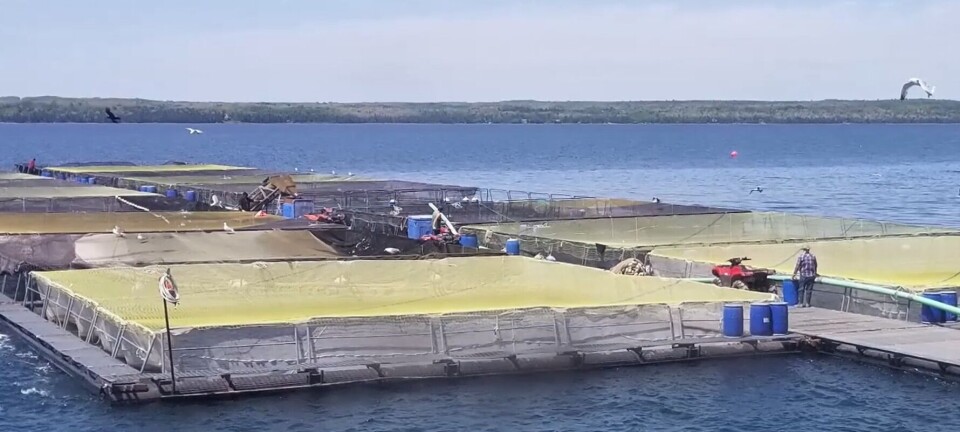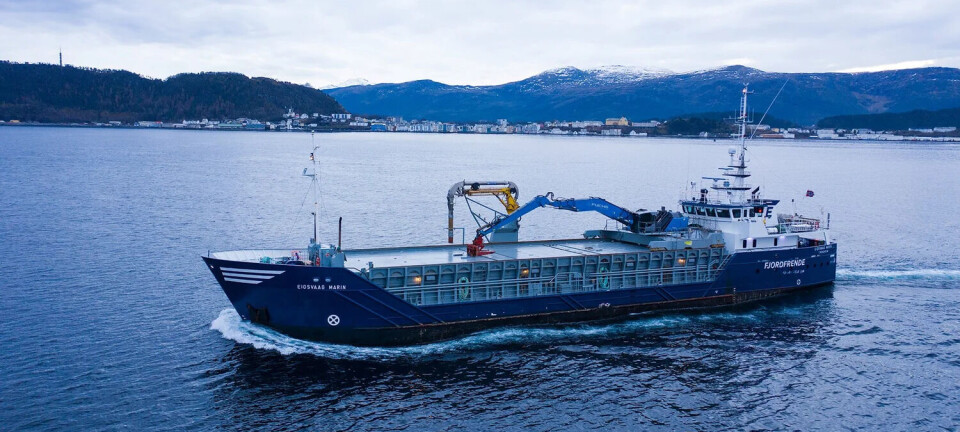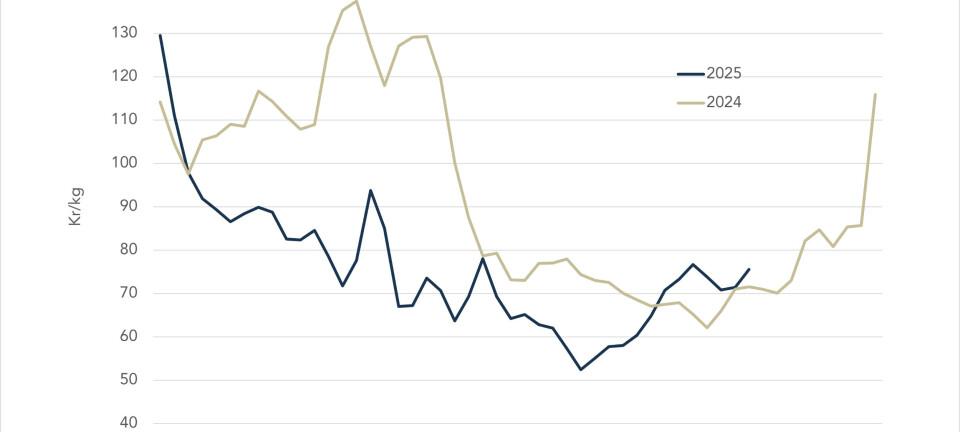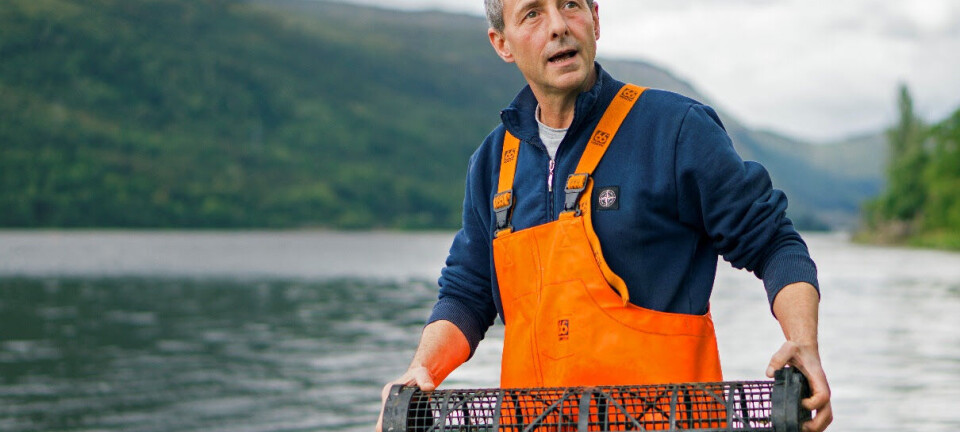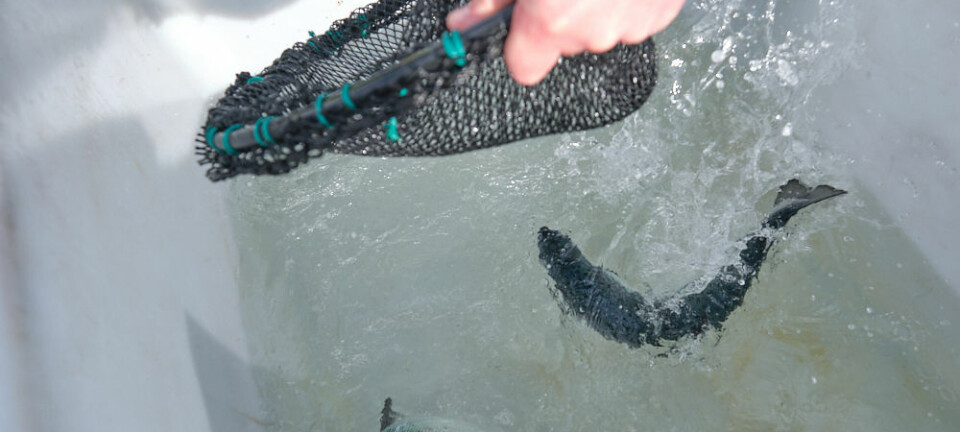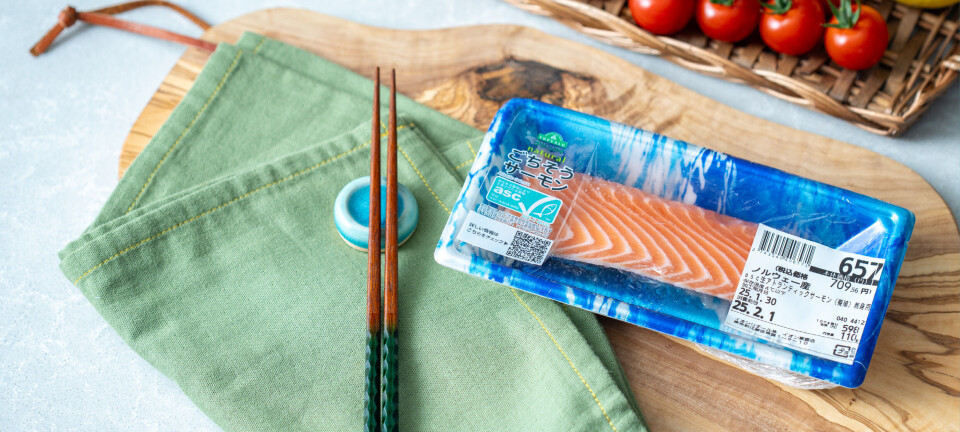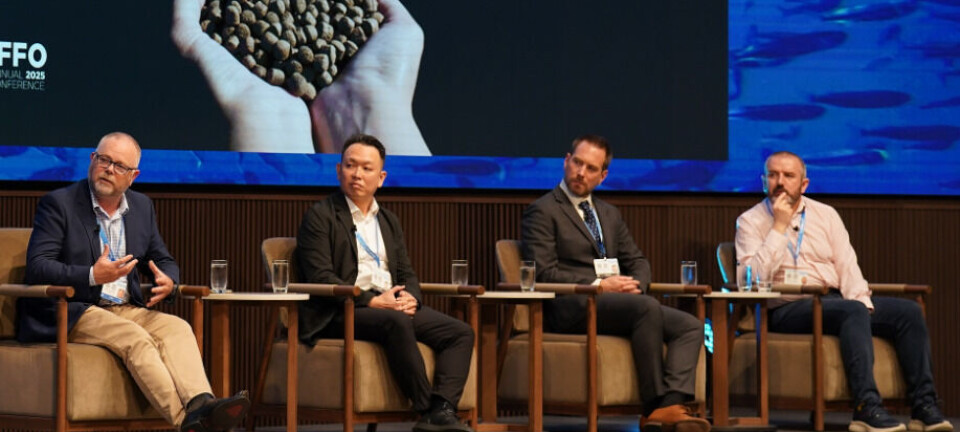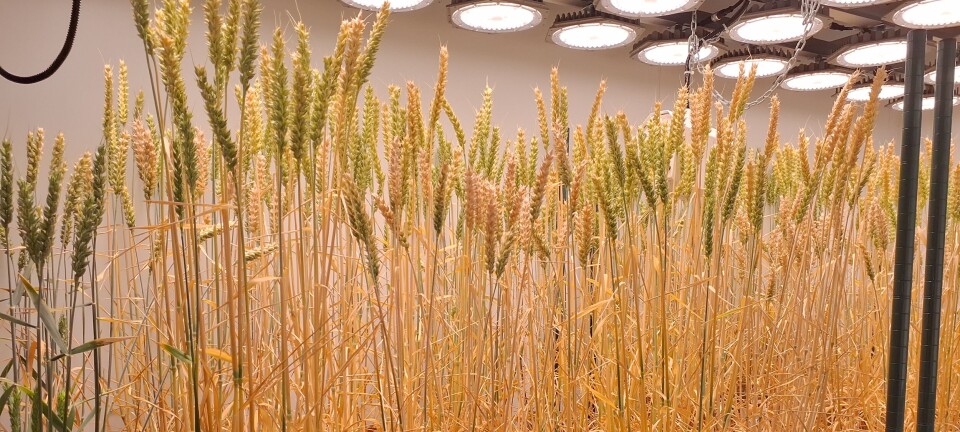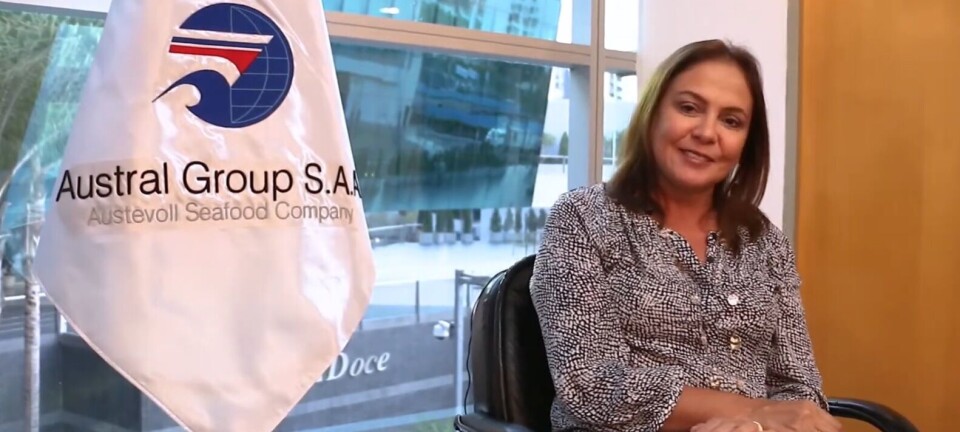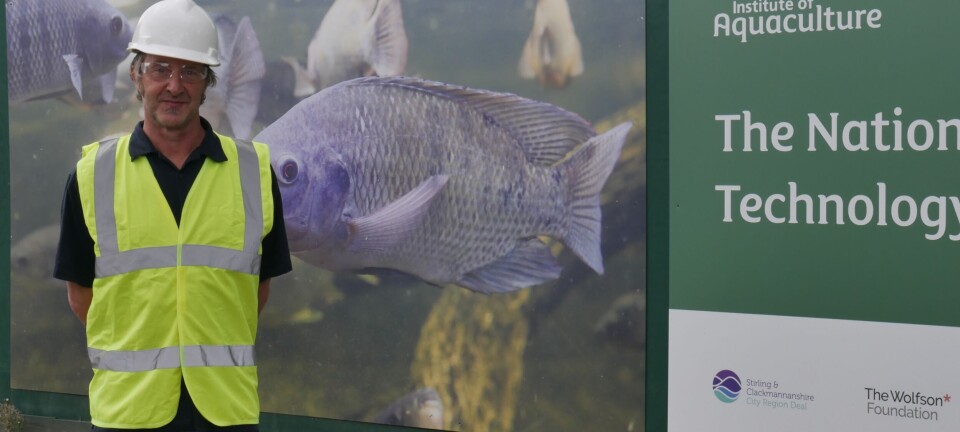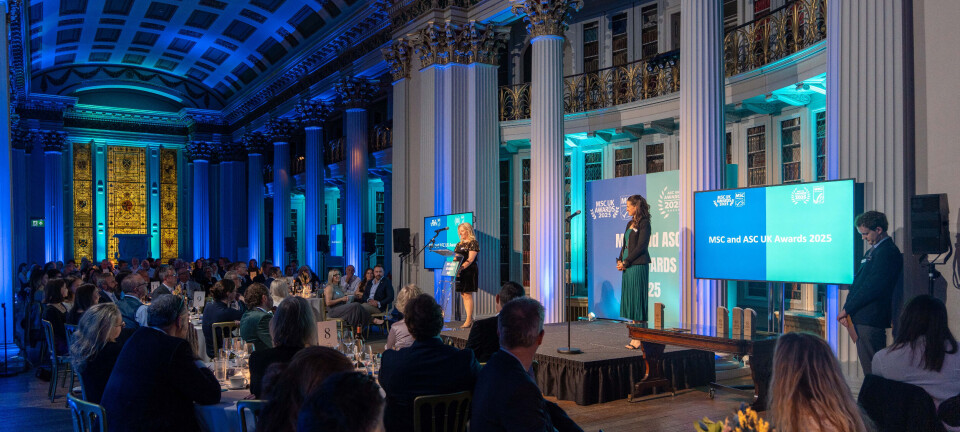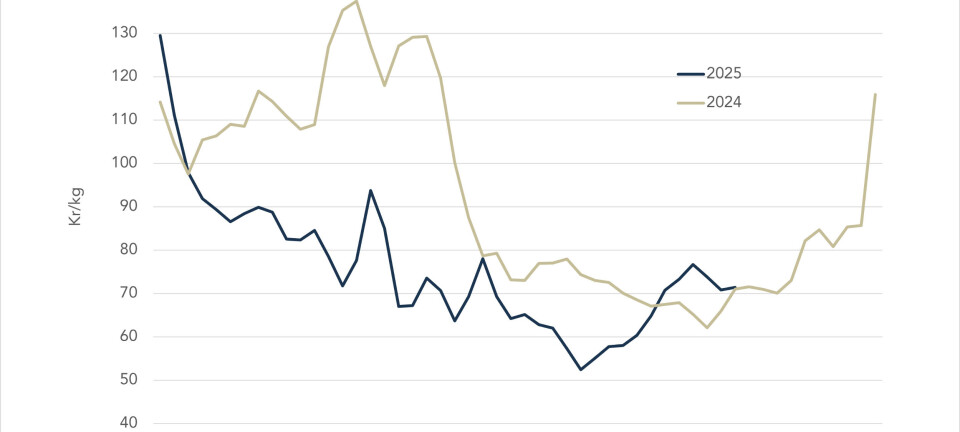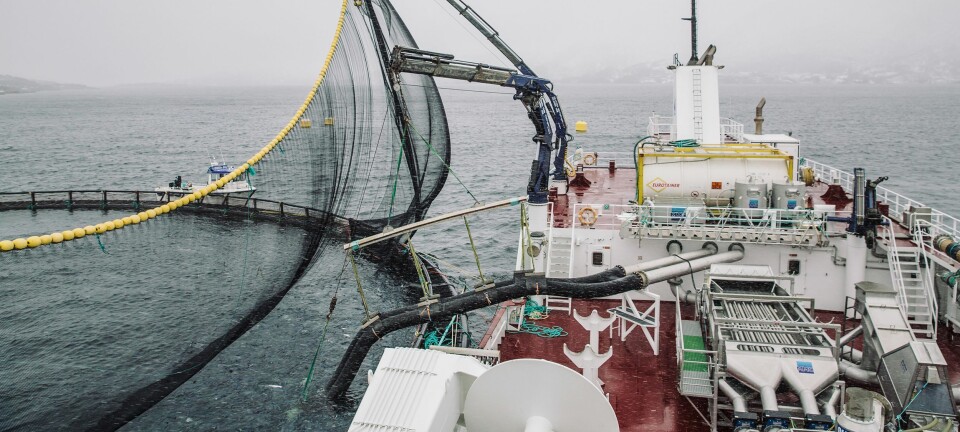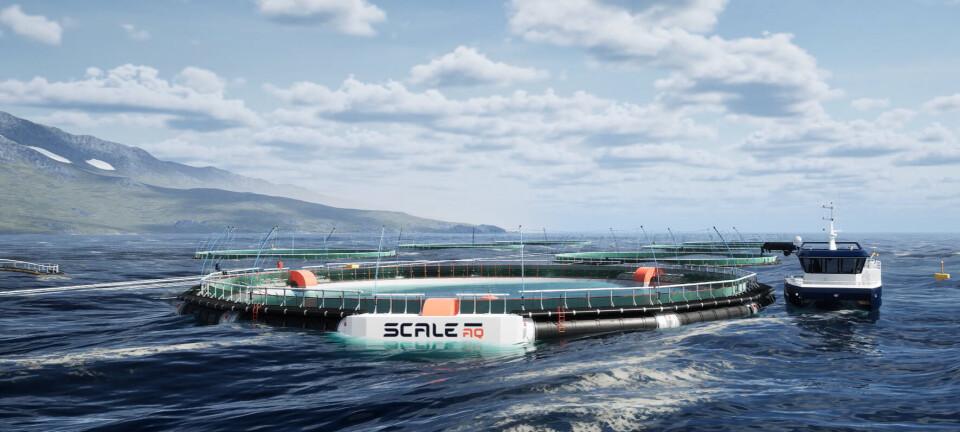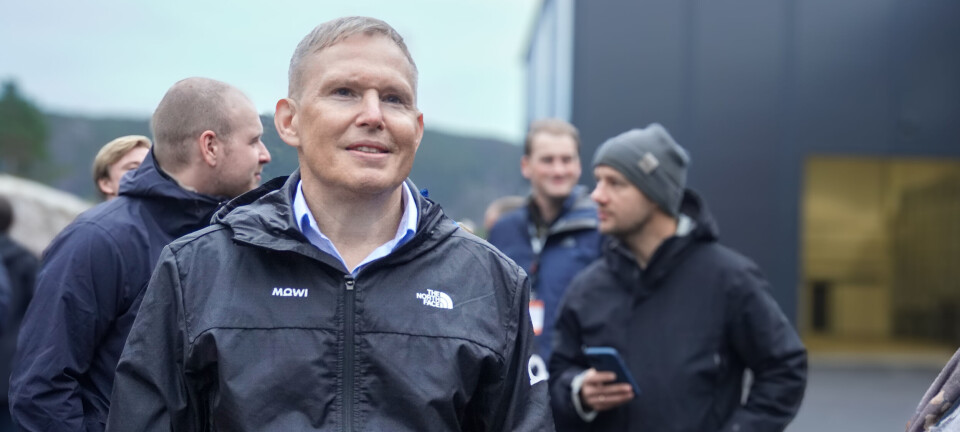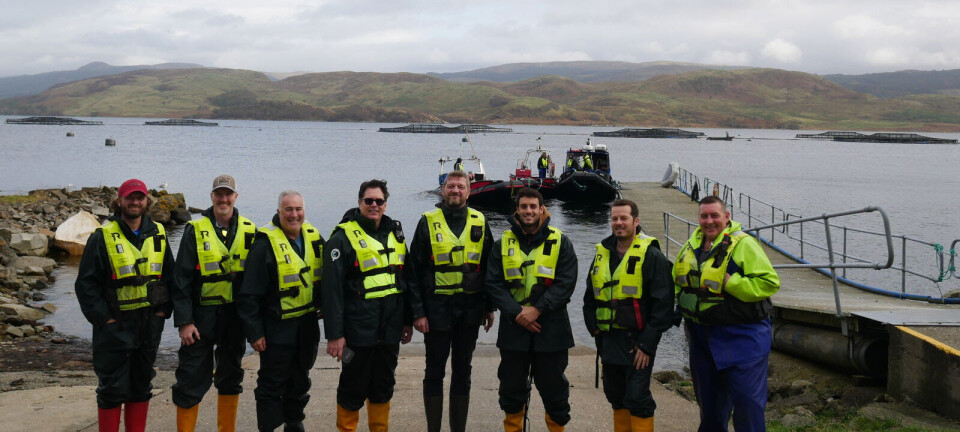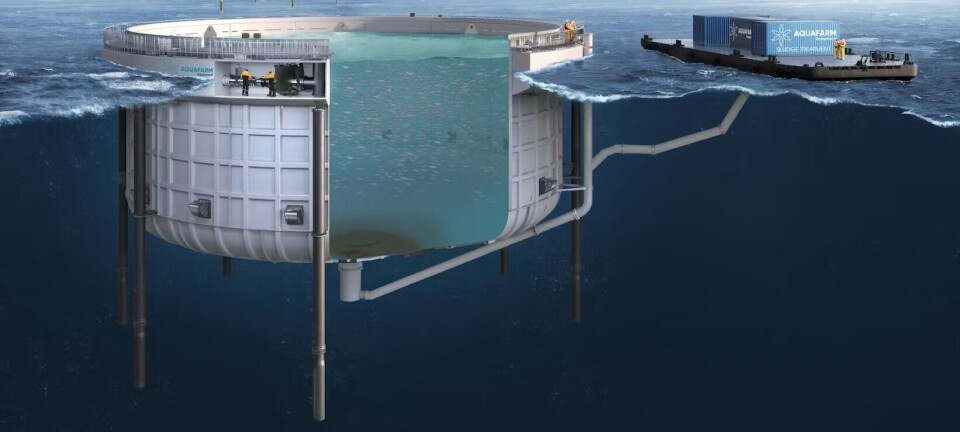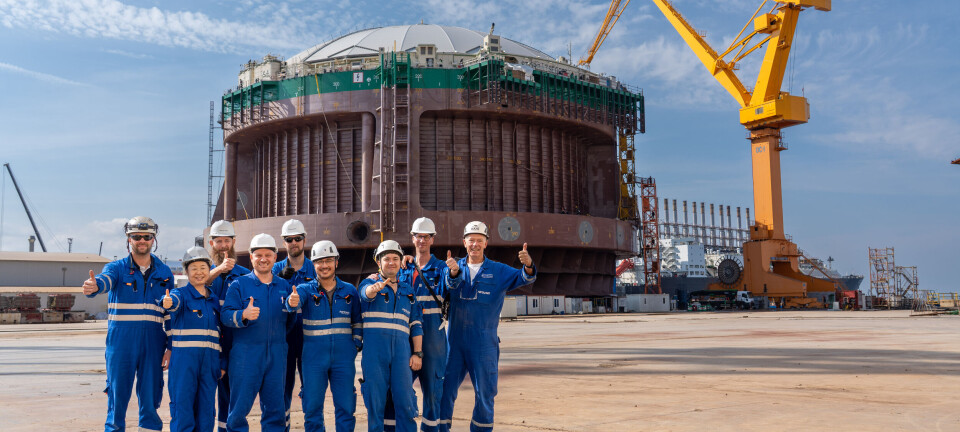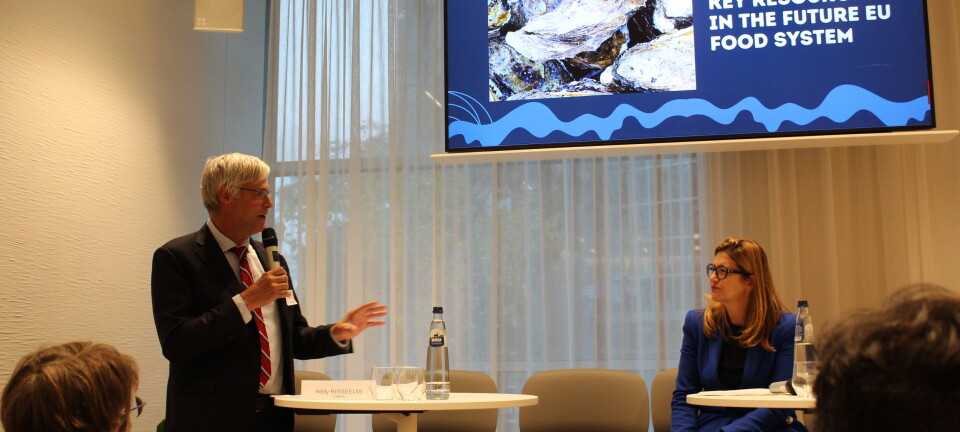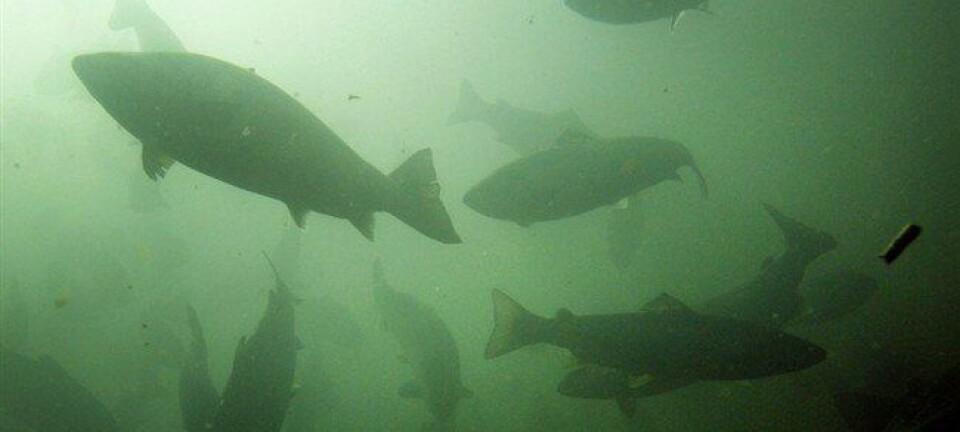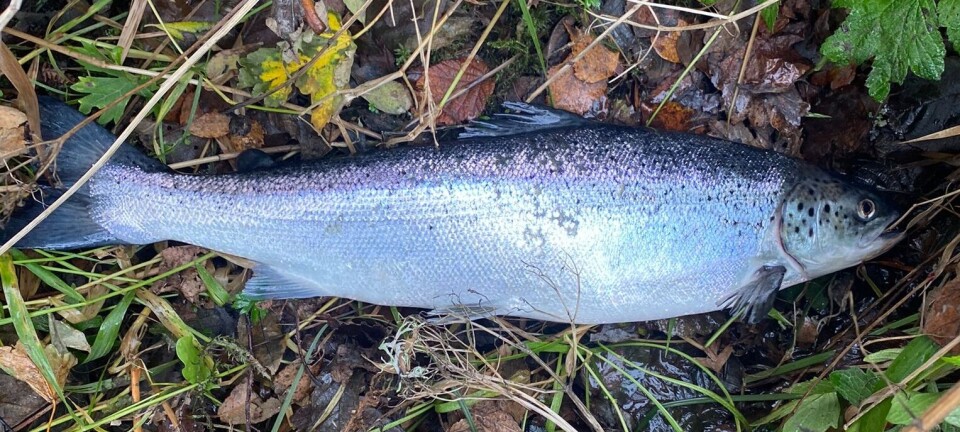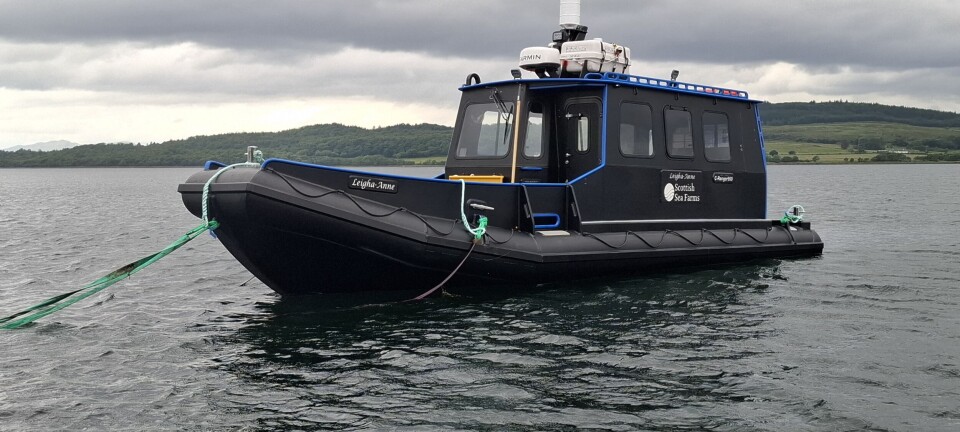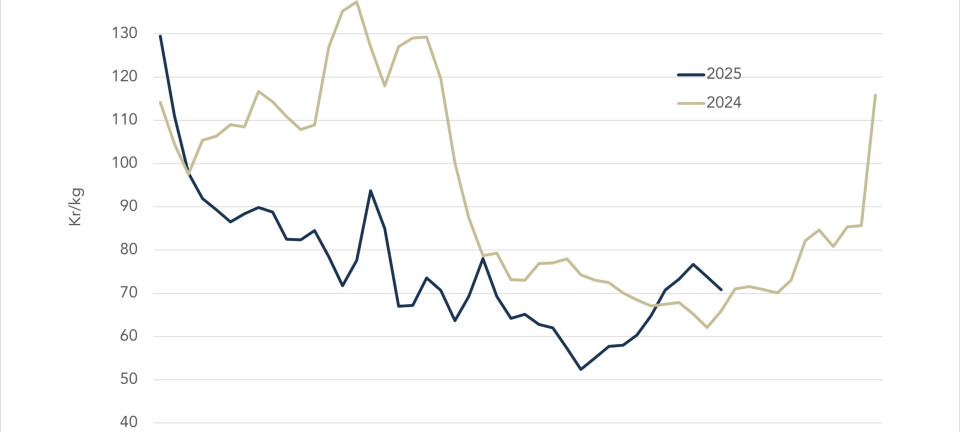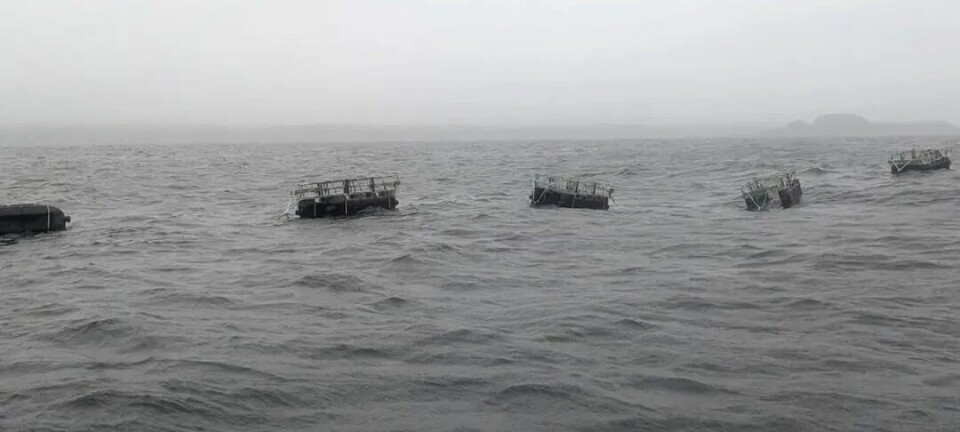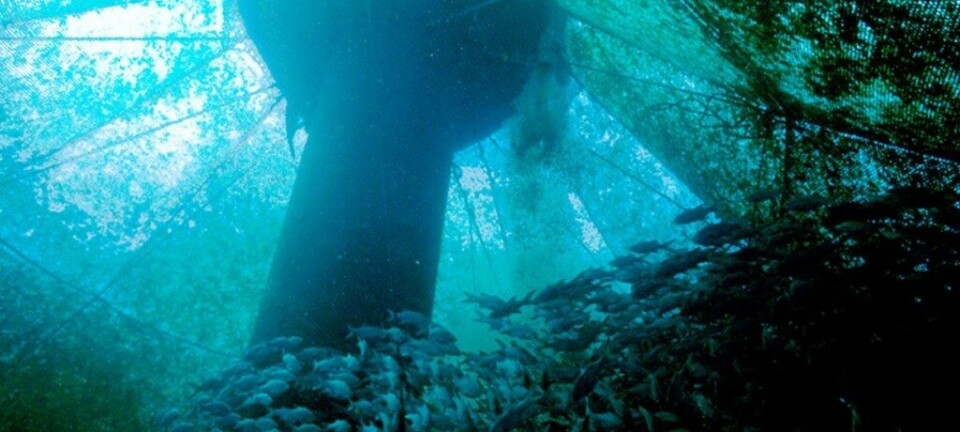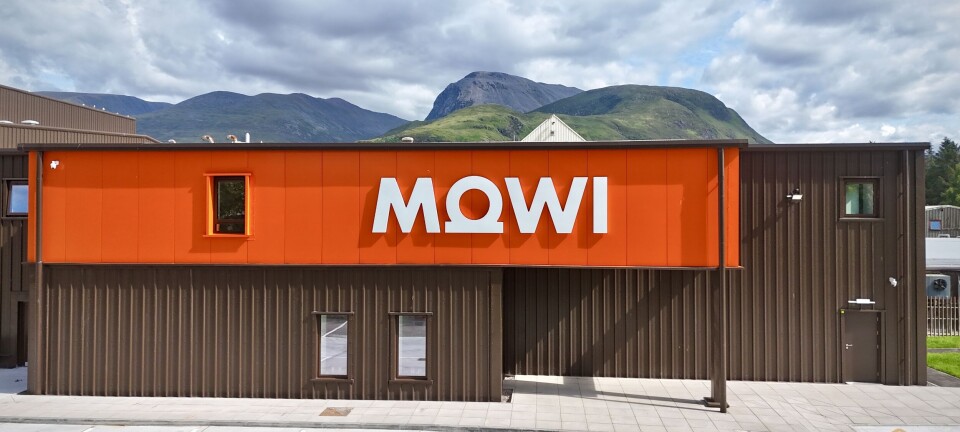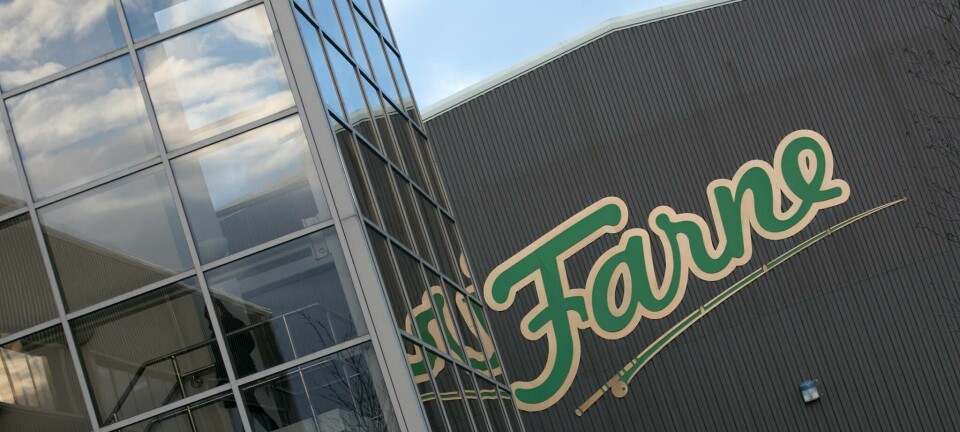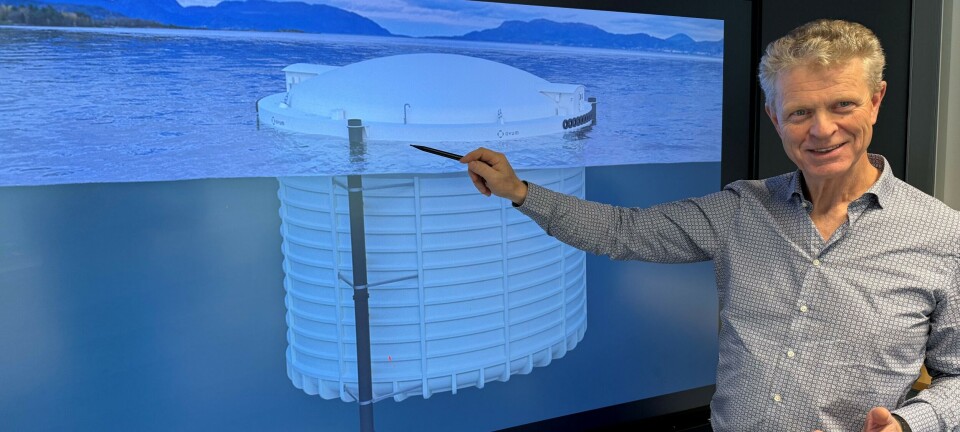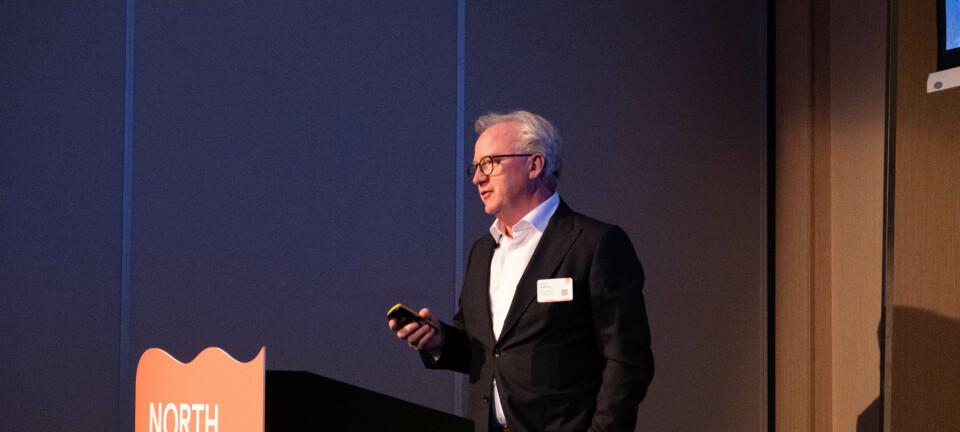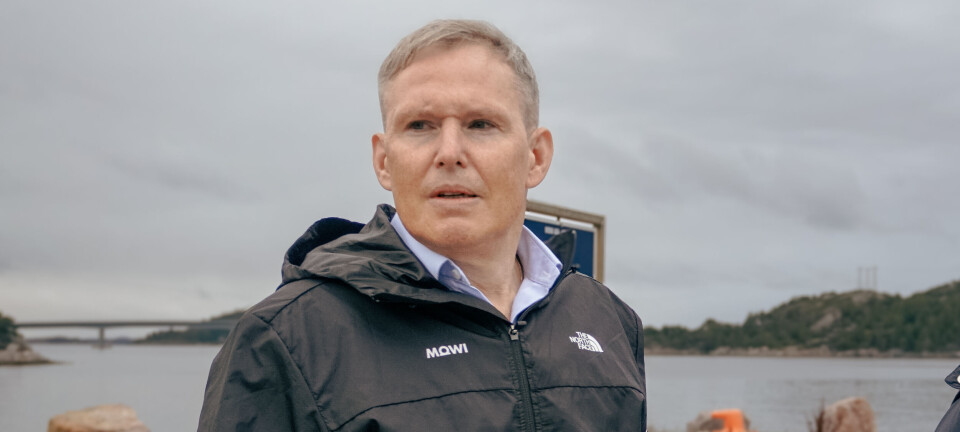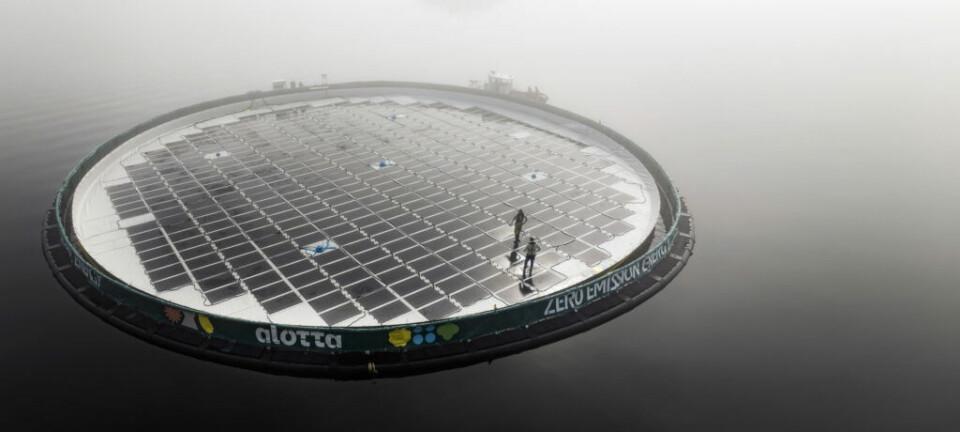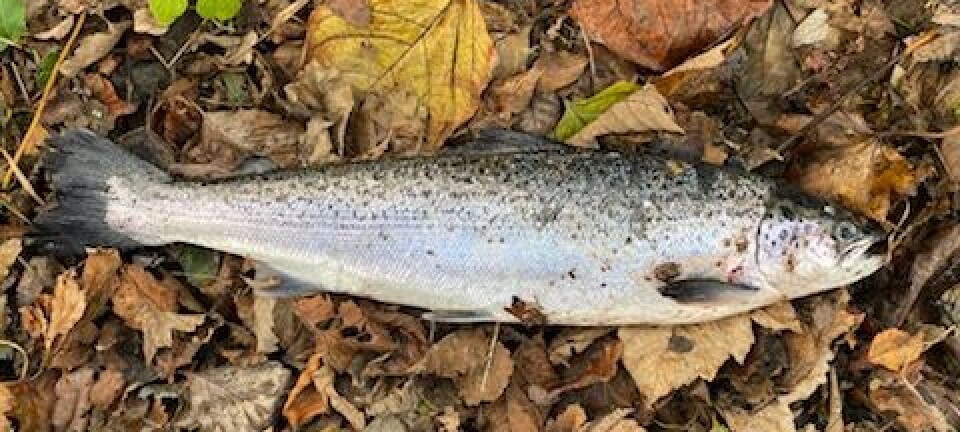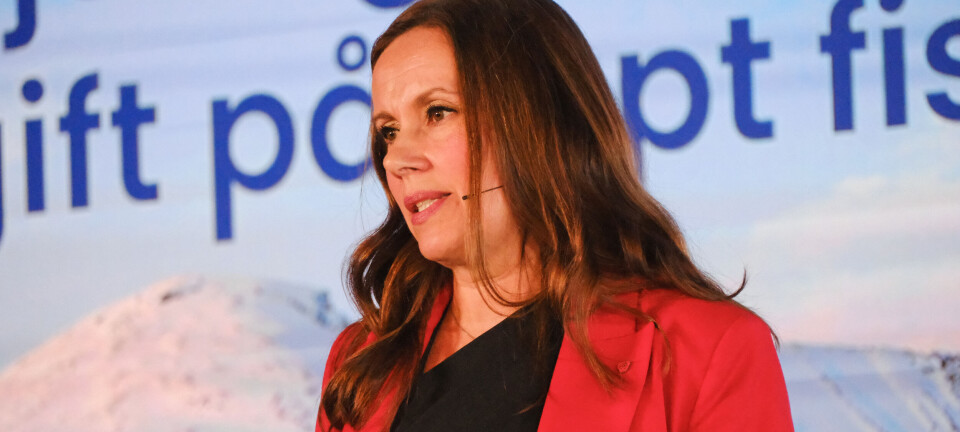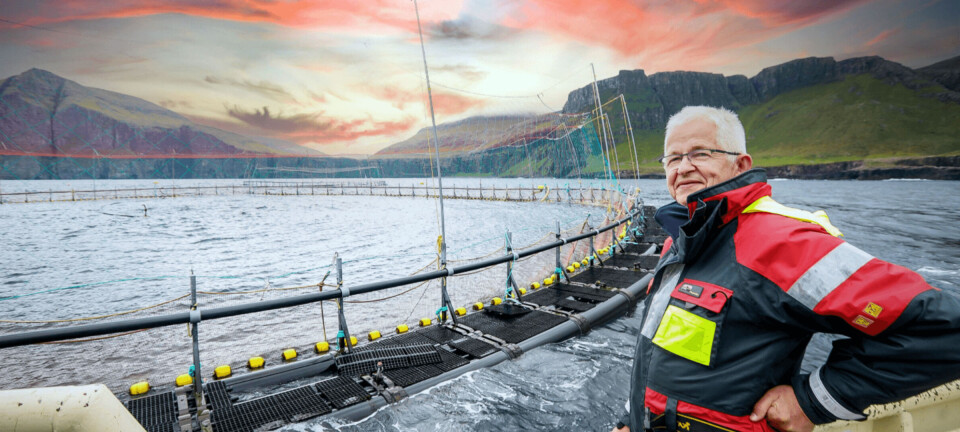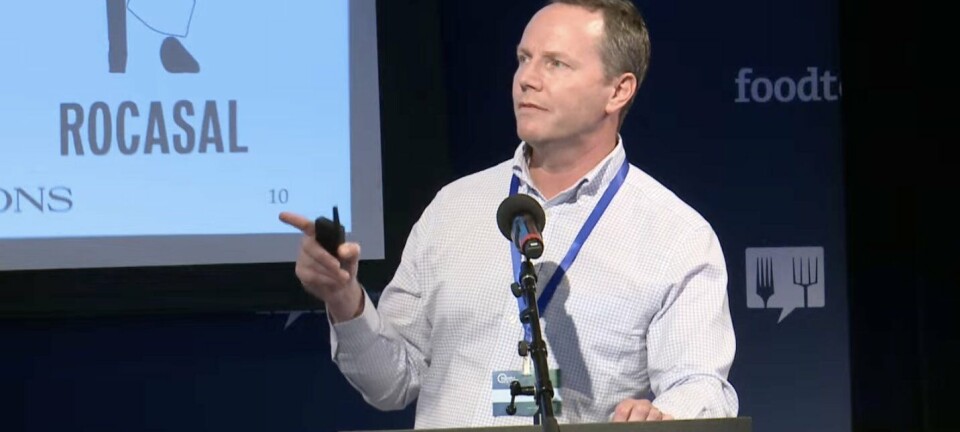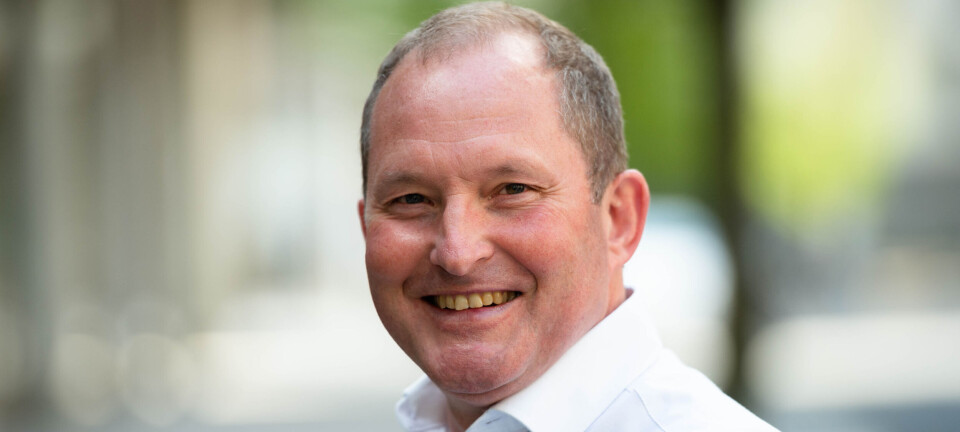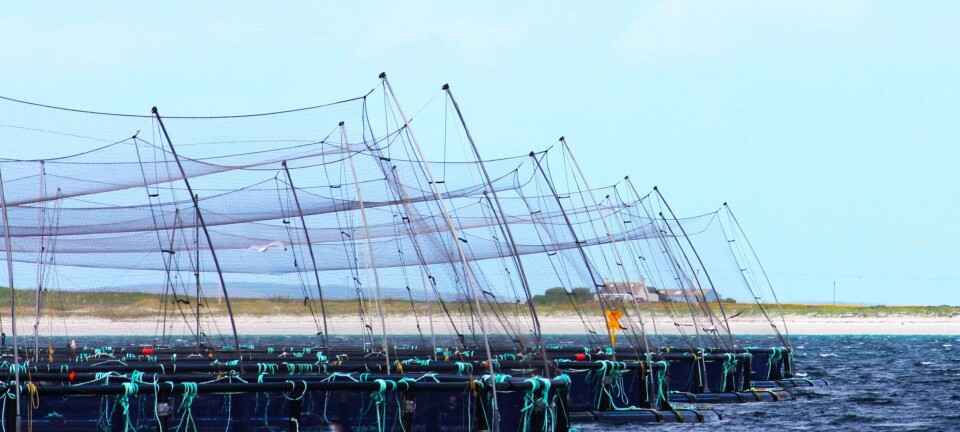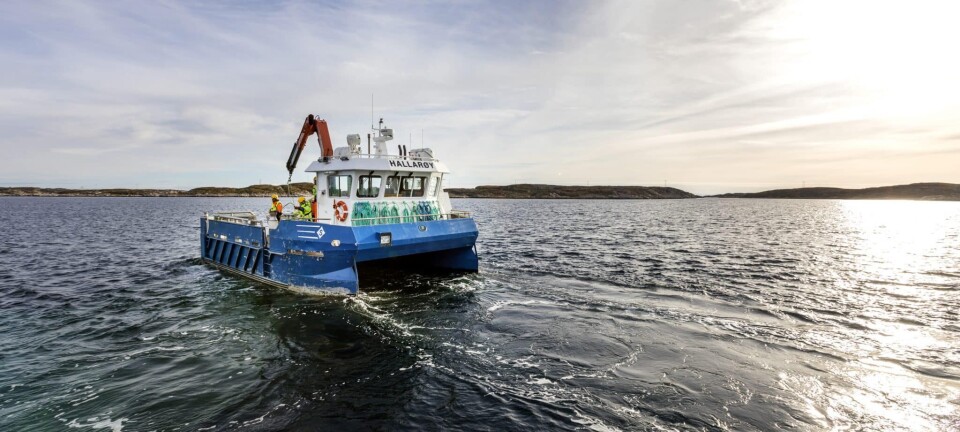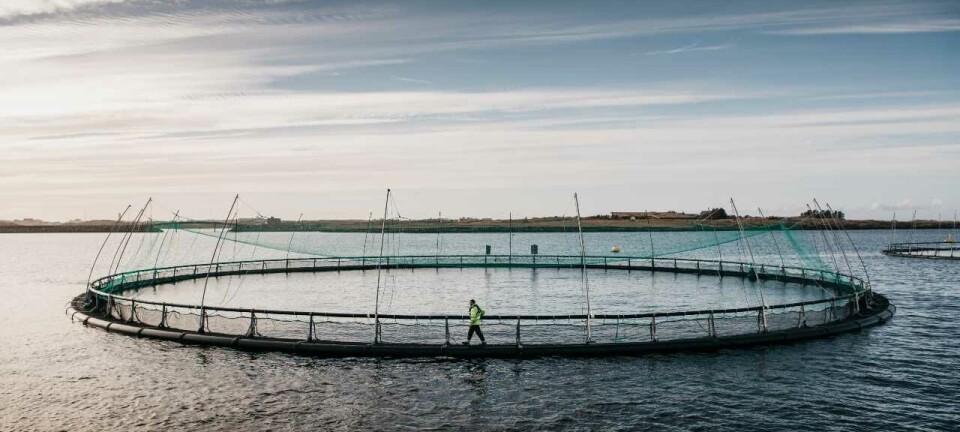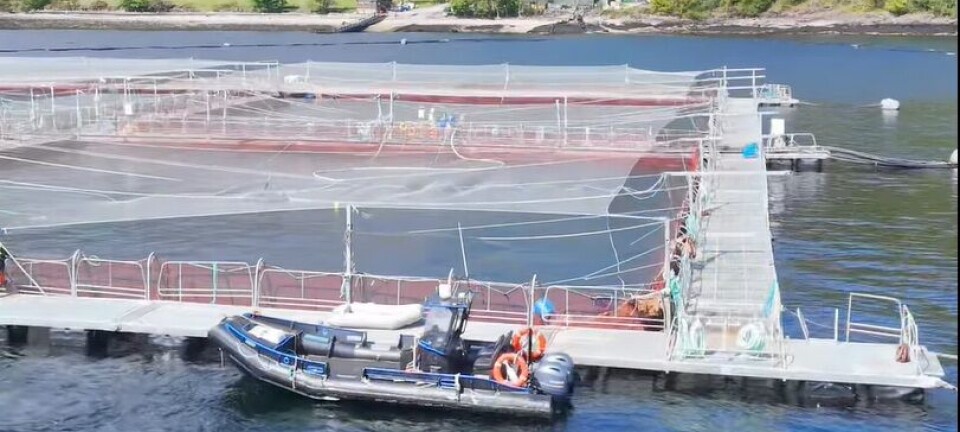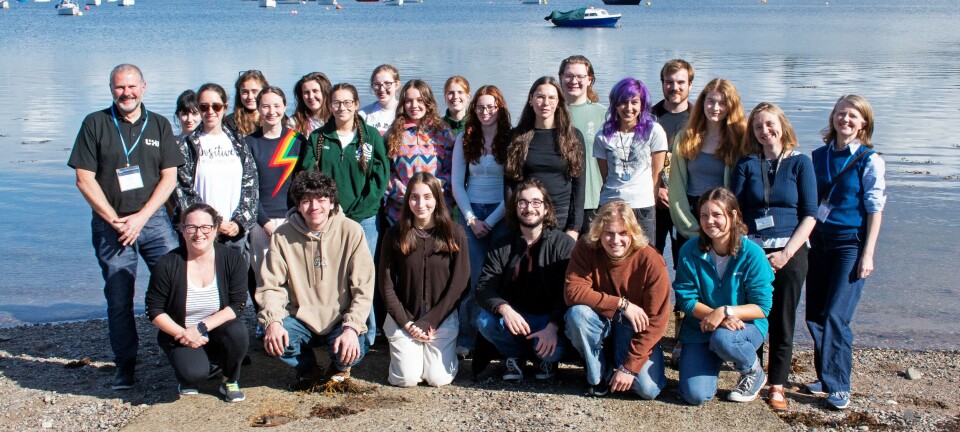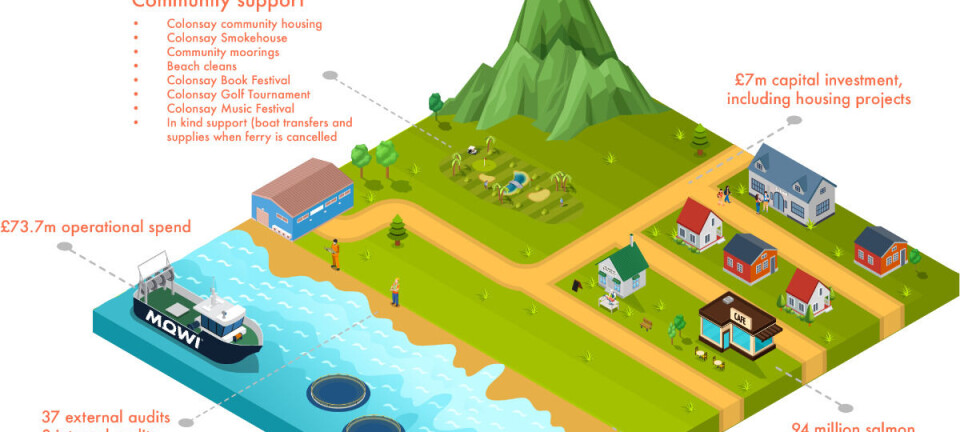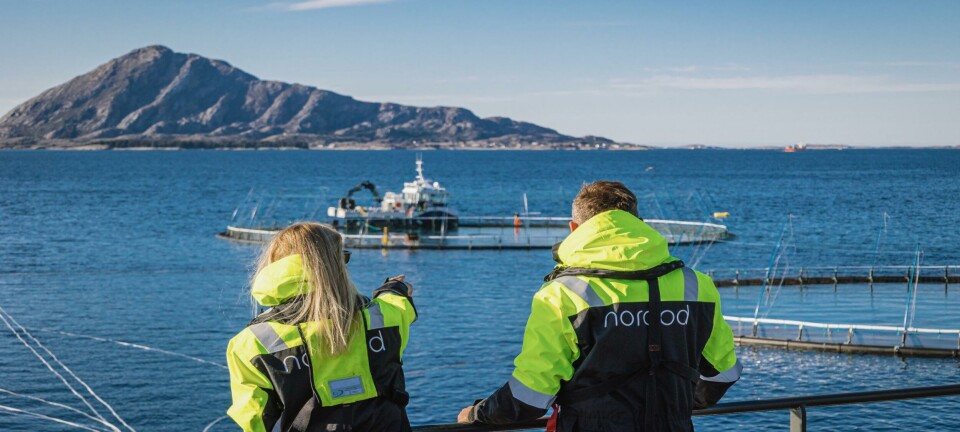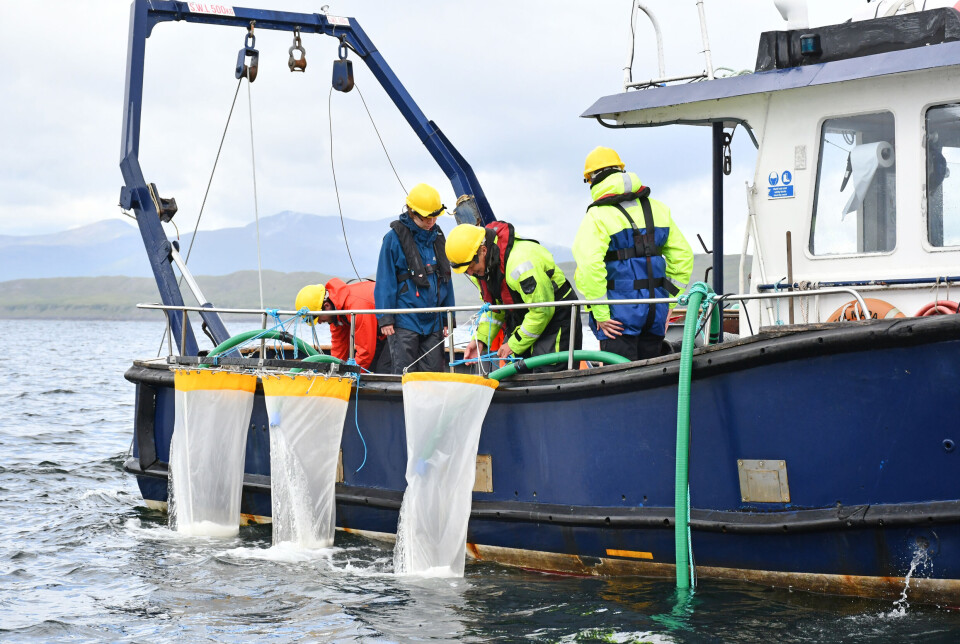
Aiming to unlock the secrets of Scotland's sea lice
SAMS hosts project meeting during week of aquaculture events
A project to find better ways of identifying and counting sea lice larvae has held a meeting at the Scottish Association for Marine Science (SAMS) at Dunstaffnage, Oban, as part of the Association’s unofficial “week of salmon aquaculture”.
The meeting was part of the UK Biotechnology and Biological Sciences Research Council-funded “E(tive)lice: Revolutionising sea lice detection for sustainable salmon farming and conservation”, in partnership with University of Glasgow, salmon farmer Mowi Scotland, and Argyll Fisheries Trust.
The project, which runs until summer 2026, aims to develop and test new techniques for identifying and counting sea lice larvae in various environments. These methods will be compared with traditional techniques. Additionally, lipidomics will be used to explore potential evolutionary differences between sea lice from wild and farmed fish. The research will also address key knowledge gaps in sea lice biology and ecology, as identified by recent studies.

Accurate numbers
Accurate measurement of sea lice larvae numbers is important because it can help better inform modelling of lice spread from salmon pens. Lice are naturally present in the sea, but the large numbers of fish in salmon pens means that populations of the parasites can grow quickly. However, the number of lice or larvae that emanate from salmon pens is unknown.
The Scottish Environment Protection Agency (SEPA) wants farmers to increase lice treatments to protect wild salmon smolts from lice originating in the pens. But farmers say more treatments would increase farmed fish mortality and argue that SEPA’s modelling hugely exaggerates the number of lice from farms that find their way to the migratory routes of wild fish.
The Scottish Government-funded Salmon Parasite Interactions in Linnhe, Lorne and Shuna (SPILLS) project, which sampled water in an area containing several salmon farms, did not find the number of lice larvae expected. Speaking at seminar in 2023, marine biologist Dr Kim Last said: “After six months and 372 field samples we ended up with only 19 larvae, and the conclusion was that they’re pretty rare, and they’re probably also pretty patchy.”
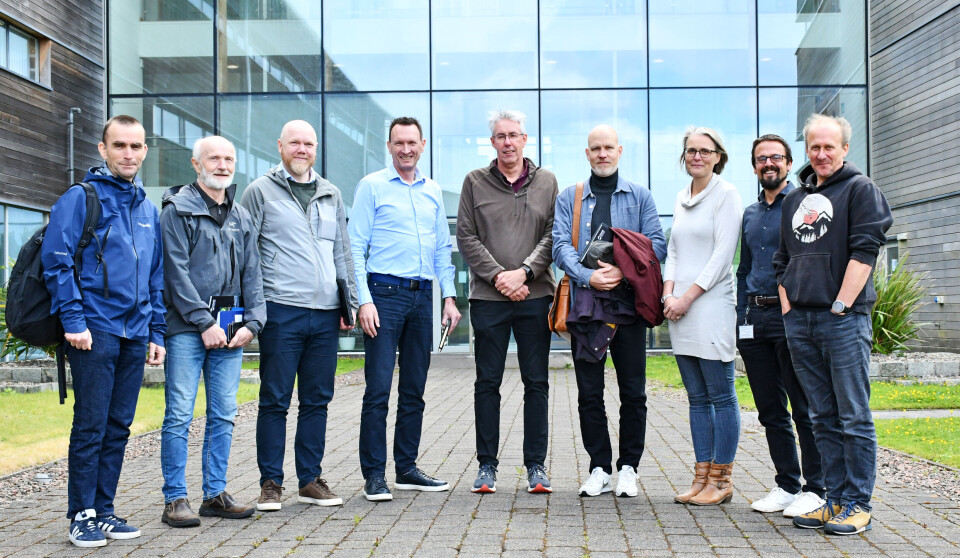
Other events during the SAMS aquaculture week included a visit by aquaculture directors from the Norwegian Seafood Research Fund (FHF), who came to learn more about SAMS’ research work on eDNA, harmful algal blooms monitoring, modelling, and early warning solutions; and sea lice identification and modelling.
SAMS also hosted the Aqua-Reg 2025: Regulatory Science Network for Innovative Aquaculture. This network, funded through Innovate UK, brought together academia, industry, and government to discuss innovative disease prevention solutions in salmon farming.
On June 5, SAMS hosted the Salmon Scotland AGM and board meeting, bringing salmon producers and the supply chain to the Scottish aquaculture heartland.
To end the week, SAMS scientists were at sea to conduct experiments to better understand the life cycle and prevalence of sea lice.
Trusted knowledge
Steve Ham, head of SAMS Enterprise, said: “SAMS has long been an impartial, trusted and reliable source of knowledge for the aquaculture industry and the range of visitors we hosted in just one week is testament to that.
“Such events give the industry access to the most up to date science but also ensure that our staff are equally well-informed about the most pressing issues in industry today.
“Such partnerships are therefore important to ensuring that the Scottish salmon aquaculture industry has reliable information with which to make the best choices and to operate in the most sustainable way possible.”

